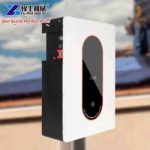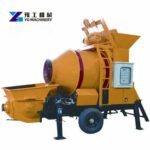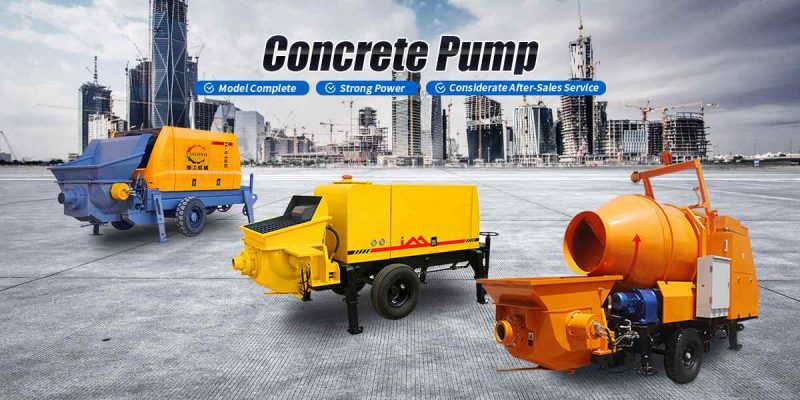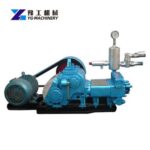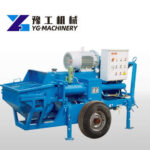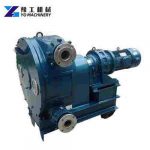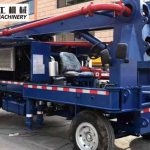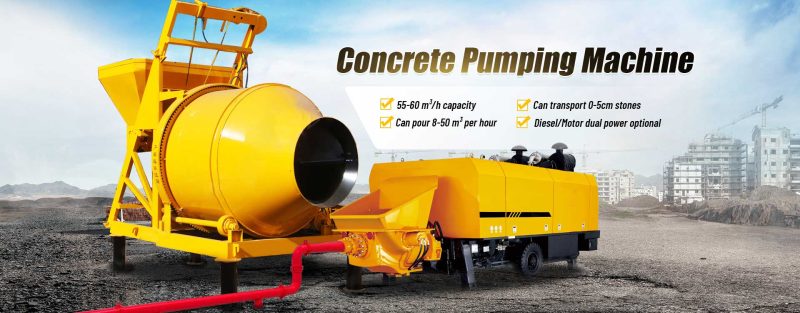Solar water pumps (also known as photovoltaic water pumps) are the most attractive water supply method in sunshine-rich areas in the world today, especially in remote areas that lack electricity. This system uses the inexhaustible solar energy available everywhere. It can work automatically. It does not require personnel supervision. Less maintenance. It is an ideal green energy system that integrates economy, reliability and environmental protection benefits.
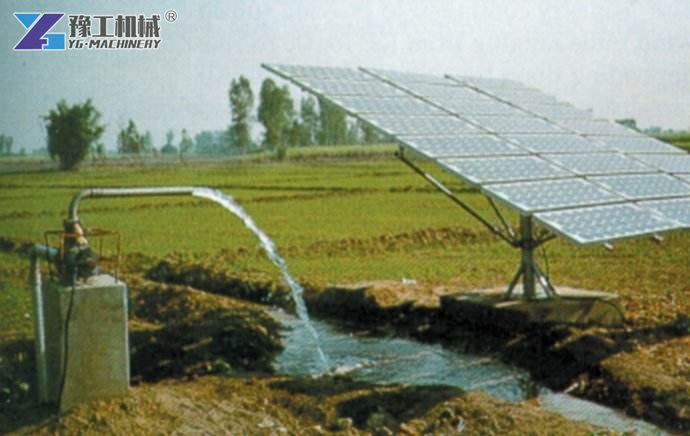
Types of Solar water pumps
Solar water pumps are used in residential and commercial applications. They are a clean alternative to fossil fuel-powered windmills and generators. There are two main types of solar water pumps.
- Surface pumps sit above ground and move water through pipes. These can move large amounts of water slowly. Surface pumps are typically found on farms or large irrigation systems where water needs to be moved from lakes to fields.
- Submersible solar water pumps are located underground, but the solar panels are attached to the ground. Submersible pumps are used to move water from the well to the surface.
Difference between a solar pump and a conventional pump
The main difference between a solar pump and a conventional pump is the power source. The outdoor solar water pumps rely on solar panels to operate the equipment. And solar panels can be built into the unit or be a separate structure connected to the pump by wires. Then they power the device, allowing it to work independently of any existing electrical systems.
Applications for Solar Water Pump Systems
Watering of livestock, Pond and Stream Protection, Campground, Irrigation, Fill the swimming pool, Garden fountains and other water features, Deep well pumping, Providing water to remote villages, homes and farms, Drinking water (water purification treatment), Medical clinic, Heated water and even underfloor heating, Watering large-scale commercial operations, etc.
Advantages of Solar powered pressure pump
Solar pumps range in size from small pumps to powered fountains and large pumps used to pump water from underground aquifers.
- Built-in panels are typically used on smaller pumps, while larger pumps require separate installation.
- Photovoltaic power supplies rarely use moving parts and work reliably.
- Safe, no noise, no other public hazards.
- It does not produce any solid, liquid or gas harmful substances and is absolutely environmentally friendly.
- It has the advantages of simple installation and maintenance, low operating cost, and is suitable for unattended operation.
- High reliability.
- With good compatibility, photovoltaic power generation can be used in conjunction with other energy sources. The capacity of the photovoltaic system can also be easily increased as needed.
- It has a high degree of standardization. It can meet different power needs, and has strong versatility.
- Green and environmentally friendly, energy-saving, solar energy is available everywhere, and has a wide range of applications, etc.
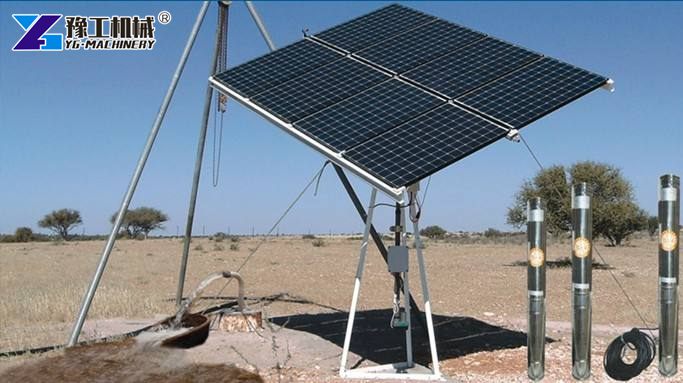
Characteristics of various solar water pumps
Brushed DC solar water pump:
When the water pump is working, the coil and commutator rotate, but the magnets and carbon brushes do not rotate. The alternating change in the direction of the coil current is completed with the rotation of the commutator and brushes of the motor.
As long as the motor rotates, the carbon brushes will wear. When the computer water pump runs to a certain point, the wear gap of the carbon brushes will become larger, and the sound will also increase accordingly.
After running for hundreds of hours, the carbon brush can no longer play the role of commutation.
Advantages: low price.
Brushless DC solar water pump (motor type):
The motor-type brushless DC water pump is composed of a brushless DC motor and an impeller. The shaft of the motor is connected to the impeller. There is a gap between the stator and rotor of the water pump. If used for a long time, water will penetrate into the motor, increasing the possibility of motor burnout.
Advantages: Brushless DC motors have been standardized. There are professional manufacturers that produce in large quantities, with relatively low costs and high efficiency.
Brushless DC magnetic isolation solar water pump:
The brushless DC water pump uses electronic components for commutation and does not require the use of carbon brushes for commutation. It adopts high-performance wear-resistant ceramic shaft and ceramic bushing. The bushing is integrated with the magnet through injection molding to avoid wear. Therefore, the service life of the brushless DC magnetic water pump is greatly enhanced. The stator part and rotor part of the magnetic isolation water pump are completely isolated. The stator and circuit board parts are potted with epoxy resin and are 100% waterproof. The rotor part uses permanent magnets, and the water pump body is made of environmentally friendly materials, with low noise, small size and stable performance. You can adjust various parameters through the winding of the stator and can operate at a wide voltage range.
Advantages: long life, low noise below 35dB, and suitable for hot water circulation. The stator and circuit board portion of the motor are potted with epoxy resin and completely isolated from the rotor. Because it is completely waterproof, so you can install it underwater. The axis of the water pump adopts high-performance ceramic shaft, which has high precision and good shock resistance.
What are the disadvantages of solar water pumps?
There are advantages and disadvantages. What are the disadvantages of solar water pumps?
Higher upfront costs, and depending on the size of the pump required, the initial investment to install the system can be costly for some systems;
- Large intermittence requires good sunlight exposure, especially during the golden hours of 9am to 3pm, while cloudy days translate to lower output, which can be a potential problem in some applications.
- Energy Dispersion: A key fact about solar water pumps is that they only provide power during the day. In many cases, this is sufficient for the intended use. But if you need to pump water after the sun goes down, you should consider a water pump with battery storage.
- Large pumps may include battery arrays capable of providing 12 hours or more of continuous power, but such battery arrays themselves are bulky and may require separate sheltered storage to protect against inclement weather.

